Description
- Cranial Morphology:
– The model accurately reproduces the overall cranial morphology of gorillas, featuring a large and robust skull with prominent brow ridges and a prominent sagittal crest.
– The sagittal crest is more pronounced in adult males, serving as an anchor for powerful jaw muscles, reflecting their herbivorous diet.
- Dentition:
– Detailed representation of dental features, including large canines and molars adapted for a herbivorous diet consisting of leaves, fruits, and vegetation.
– The dental formula reflects their primarily herbivorous habits, with adaptations for processing tough plant material.
- Mandibular Structure:
– The model accurately depicts the robust mandible characteristic of gorillas, emphasizing adaptations for powerful biting and chewing.
– Gorillas have a distinct jaw structure related to their diet, and the model highlights these adaptations.
- Cranial Capacity:
– Accurate representation of cranial capacity, showcasing the relatively large brain size of gorillas compared to other non-human primates.
- Postcranial Elements:
– While the focus is on the skull, the model may be part of a larger anatomical representation, showcasing the gorilla’s massive and robust body adapted for both terrestrial and arboreal locomotion.
- Sexual Dimorphism:
– The model may highlight sexual dimorphism by accurately depicting the larger size and more pronounced features, such as the sagittal crest, in adult male gorillas.
- Material and Construction:
– Constructed from durable, museum-quality materials, the gorilla skull model ensures longevity and authenticity.
– Meticulous attention to texture and coloration contributes to a lifelike appearance, based on available information and scientific understanding of gorilla anatomy.
- Educational Significance:
– The skull model serves as an essential educational tool for researchers, educators, and enthusiasts interested in primate anatomy and gorilla evolution.
– It contributes to a deeper understanding of the adaptations that enable gorillas to thrive in their forest habitats.
- Research and Conservation:
– The model aids researchers in studying the variations within gorilla populations and contributes to conservation efforts by fostering a better understanding of the species’ anatomy and ecological needs.
- Behavioral Insights:
– Understanding the cranial features of gorillas provides insights into their feeding ecology, social structure, and unique adaptations for life in the dense forests of Central Africa.
The gorilla skull model’s accurate representation of anatomical features offers valuable insights into the evolutionary adaptations and ecological roles of these remarkable great apes. Its meticulous design and scientific accuracy make it an invaluable tool for educational purposes, research, and as a visual representation of the natural history of gorillas.


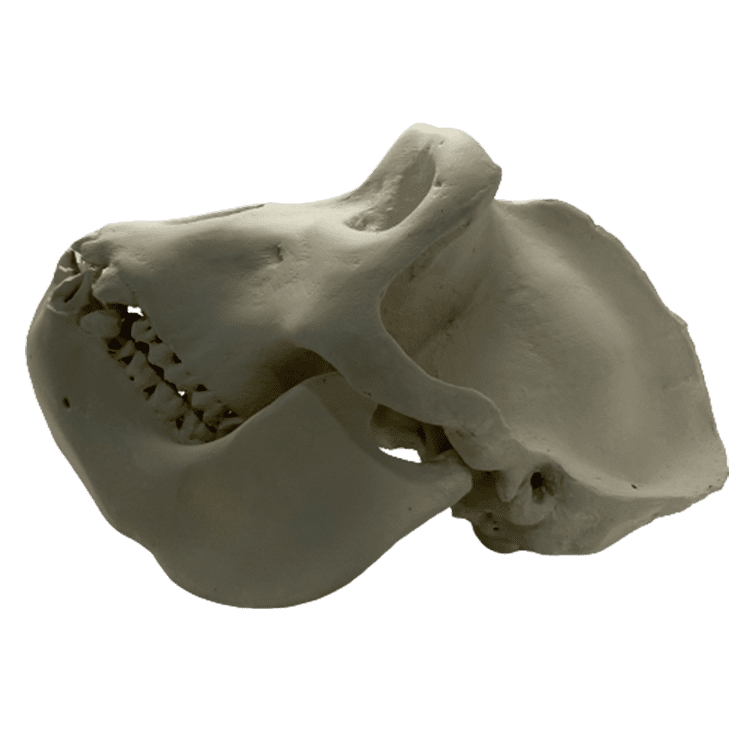
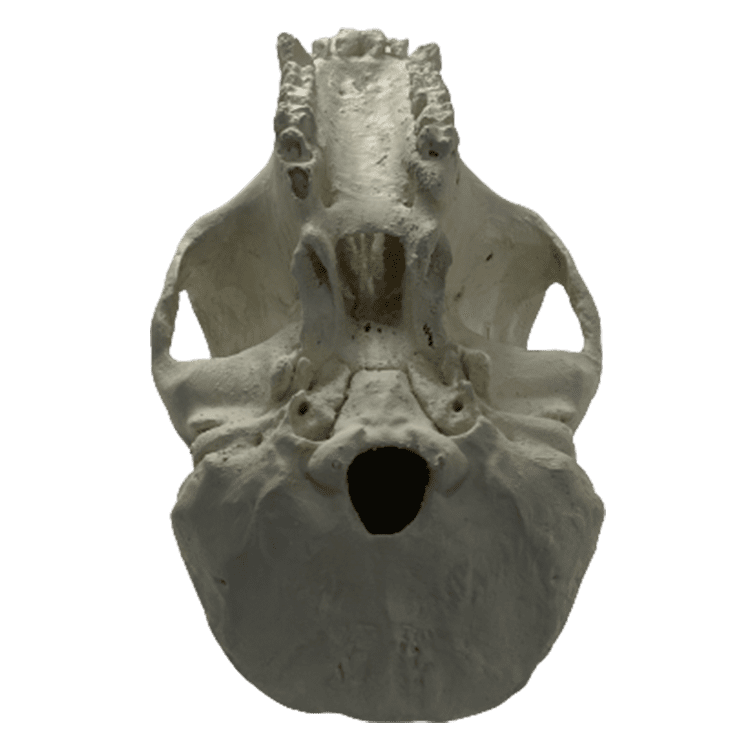

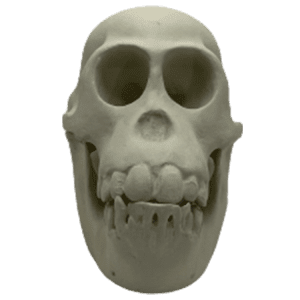
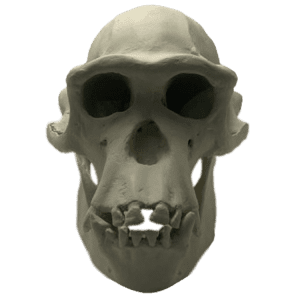
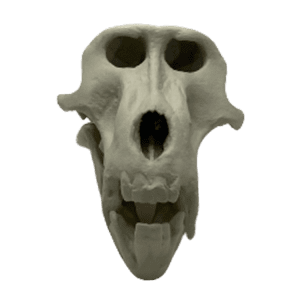
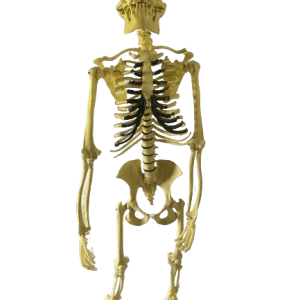
Reviews
There are no reviews yet.